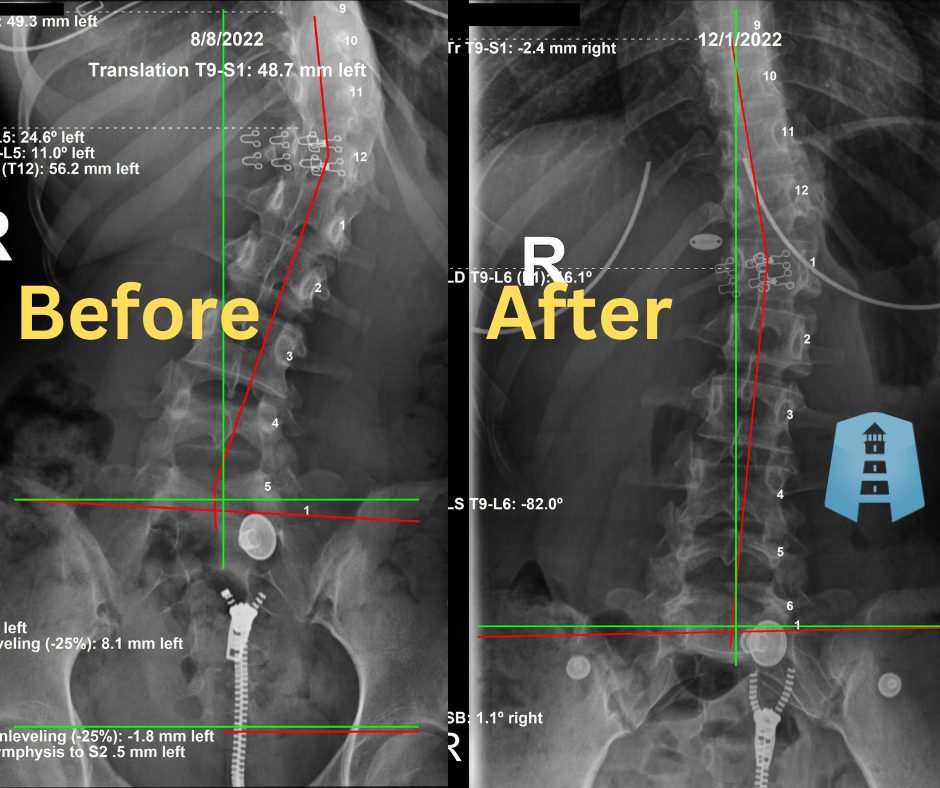This week I had the tremendous honour of speaking at a special event hosted by our local Chamber of Commerce.
It was for HR and wellness co-ordinators who want to improve their wellness at work programs.
These are front line people who really care about the wellbeing of their workplace and get excited about improvements in their corporate culture.
One of the attendees was from a company that was recently ranked in the top 100 employers in Canada and she was beaming.
The problem HR and Wellness Co-ordinators face
What is so frustrating for these “heart and soul people” is that they have to spend an enormous amount of their time and energy trying to convince managers and owners how important wellness at work is.
I shared a story of a company that completely destroyed their culture during a “succession” from father to son but the son’s were more concerned about their bottom line, than the people that generated their bottom line.
It completely destroyed that companies culture and reputation as a quality employer.
I could tell they had seen similar “stories”.
So why is it that these compassionate, enthusiastic HR people have to fight so hard to convince their bosses and managers that it’s worth investing in a wellness at work program?
Some of the problems business owners face
I get it, I’m a business owner and entrepreneur myself. We have a lot of plates spinning. And if we don’t watch our bottom line, our doors will close.
What does it really cost when an employee is absent?
I also know how much of a hardship it is when a key team member is gone because of health issues. It has cost my business thousands of dollars when key people were not taking care of themselves.
And if it happens in my office where we are talking about health every single day, how much more does it happen in offices that are concerned with accounting, manufacturing, lawn care, and the list goes on.
What the numbers say. . .
Workers in Canada took an average of 9.3 sick days in 2011, with people in health care and social assistance taking the most days off. (Conference Board of Canada)
Those absences cost the economy about $16.6 billion, based on salary cost for the days lost, it estimates. That figure does not include the cost of replacement workers.
The solution?
This same report goes on to say that the solution is for these companies to adopt a wellness at work program.
But wellness at work can be a bust if you don’t have a really good plan.
Have you been to a wellness at work presentation lately? If you have I hope it was engaging and practical.
If it was, you hit a rare one.
Earlier this year a study by the RAND Corporation found that more than 85 per cent of U.S. companies employing 1,000 people or more offer some sort of corporate wellness program.
Not all corporate wellness programs are created equal.
In a follow up study, Gallup determined that of the 85 per cent of U.S. employers with a wellness program, only 24 per cent of their employees actually participated in that program. Furthermore, RAND estimates that U.S. employers spend upwards of $6 billion a year on programs that reach less than a quarter of their workforce.
What did we talk about with the Chamber of Commerce?
At my talk this week I discussed how you can create a rockstar wellness program and I gave the HR and wellness co-ordinators several suggestions. Here are 5 that have worked for me.
1 Work with local professionals
I strongly encourage companies to work with people in their community who are in the trenches. People and professionals who are working on the very issues they are struggling in their workplace.
Instructing your front line people to always screen out callers who are offering to come in to help is short sighted. Often your front line people are saying no to the very solution you need.
If you let someone in who doesn’t belong, then don’t have them present (that’s why a recommend a consultation to meet before anything is agreed on)
I know this takes time but you either want a good wellness at work program or not, do the necessary work.
2 Make sure whoever you are bringing in is excited about a consultation to prepare.
I love when a work place actually takes the time to have me in to discuss what they need.
Why would I want to come in and talk about how to prevent back pain when the majority of sick leave is for headaches and depression?
That is a waste of my expertise and your people’s time.
Get your presenter on the same page as your people.
3 Work with someone you like.
This may seem obvious but why would you put someone up in front of your company if you don’t like them? There are lots of professionals in your community that love to share what they know and they are actually nice to work with.
4 Free is not always the best idea.
This is a real challenge because as soon as a professional offers to give their presentation for FREE it introduces some weird kind of funk.
They think, because they’re donating their time, they should be able to do their “sales pitch” to the group — and I get it, even when it comes from a good place. And by that I mean, they know they can help people and have a genuine concern for the well being of the group.
But that’s where the clarity comes from. It needs to be clear from the beginning what the intention of the talk is and so sometimes paying the professional, even if it’s just a simple agreement, get’s the funk out of the room.
5 Never give up.
Do the work, prepare and sometimes it’s a bust. But don’t give up.
If your presentation doesn’t resonate with your people, apologize, continue to ask them what they need and keep trying. You’ll eventually find out what fit’s your culture but don’t give up.
Do you need my help?
As you might guess, I frequent various corporations throughout the year. And as you might guess I help rejuvenate an often “stuck” wellness program.
For 20+ years I have given my time to help sick people find a way to wellness. That’s what I do and so if you need some help getting your corporate wellness program back on track connect with us and we’ll see what we can do.
It may be as simple as a phone consultation to encourage all the way up to developing a webinar for your team if you’re not in our area. But that’s the great thing about technology — geography is not a limiting factor any more:)
We’re here to serve, just connect with us and we’ll see if we can help you get moving again and have a rockstar wellness program.
Contact our office at 250-870-9136 or email us at info@lighthousechiro.ca and we’ll see what we can do to help.








